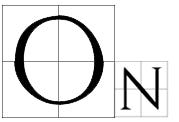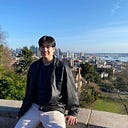Member-only story
The Mysteries of the Moai Statues
 On the Easter Sunday of 1722, a Dutch explorer named Jacob Roggeveen made the first known European contact with the Island of Rapa Nui. Roggeveen named the Island “Easter Island” to celebrate the discovery of the island on Easter Sunday. The island was one of the most isolated places on Earth, located 2,075 km from the nearest island and 3,700 from the nearest landmass.
On the Easter Sunday of 1722, a Dutch explorer named Jacob Roggeveen made the first known European contact with the Island of Rapa Nui. Roggeveen named the Island “Easter Island” to celebrate the discovery of the island on Easter Sunday. The island was one of the most isolated places on Earth, located 2,075 km from the nearest island and 3,700 from the nearest landmass.
Although Roggeveen suspected this island to be a desert island, to his surprise, the island was inhabited by people. What was even more surprising was the existence of large strange looking statues all over the island. It seemed to lack any resources to build and move these gigantic statues, yet they were still there. The existence of these statues remained a mystery until the 20th century when historians and archaeologists found clues from the local mythologies to put together a theory as to how they came about.
Before being called Easter Island, the island’s original name was Rapa Nui. Rapa Nui was first inhabited by Polynesians, who were notorious for being great sailors, in the 9th century BC. While Easter Island has little to no natural resources today, Rapa Nui was abundant with trees and forests filling the island with wildlife and resources. Amongst the settlers were two kinds of people: Hanau…
